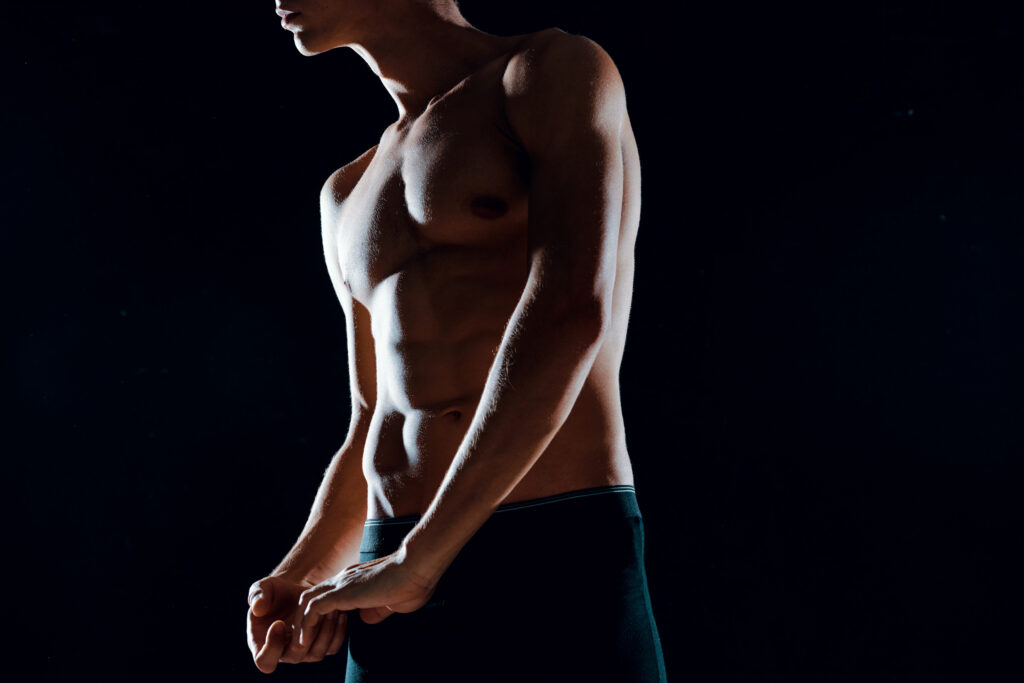The rhomboid major is a muscle in your upper back that plays a crucial role in the movement and stabilization of your shoulder blades (scapulae). It is located beneath the trapezius muscle, which is the large muscle that stretches across the back of your neck and shoulders. The rhomboid major is roughly diamond-shaped — which is where it gets its name — and it stretches from the spine to the inner border of the scapula.
When you engage your rhomboid major, it helps to retract the scapula, pulling it towards the spine. This action is essential for proper posture and shoulder alignment. For example, when you pull your shoulders back to stand up straight, you’re using your rhomboid major. It also assists in rotating the scapula downward, which is important during movements where you reach down or lower your arms.
This muscle is significant not only for maintaining good posture but also for various movements that involve the shoulders and arms. It helps stabilize the shoulder blades, ensuring they move smoothly and securely against the rib cage. This stabilization is vital during upper body exercises, such as rowing or pulling movements, and in sports that require arm control, like tennis or swimming.
Strengthening the rhomboid major can reduce the risk of shoulder injuries and alleviate back pain by improving posture. Exercises that target this muscle include rows, pull-ups, and reverse flyes. Regularly incorporating these exercises into your workout can enhance the strength and functionality of the rhomboids, contributing to overall shoulder health and a stronger back.

